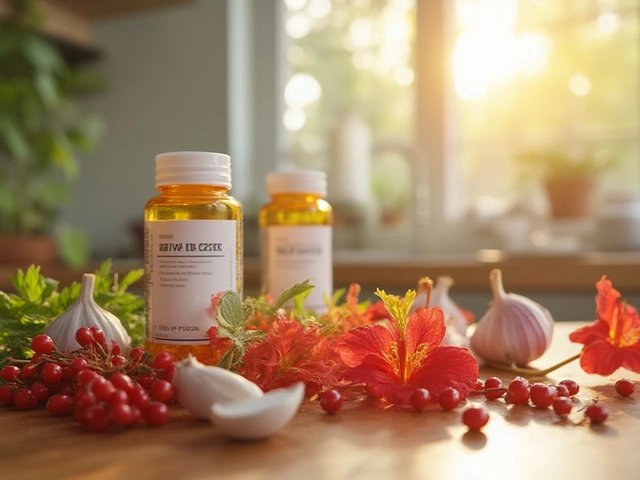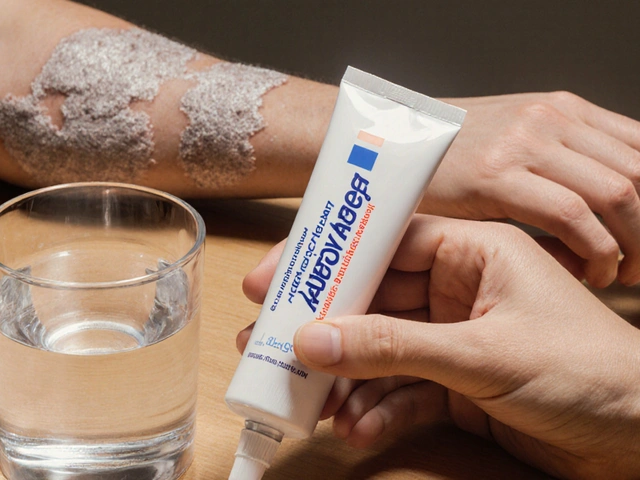Xanthan Gum: What It Is, How to Use It, and Staying Safe
Ever wonder why your salad dressing stays smooth or why gluten‑free bread isn’t crumbly? The answer is often xanthan gum. It’s a tiny powder that can change the texture of liquids and doughs in a snap. Below we break down the basics, the best ways to use it, and the safety points you should keep in mind.
How Xanthan Gum Works
Xanthan gum is made by fermenting sugar with a bacteria called Xanthomonas campestris. The bacteria produce a sticky polysaccharide that, when dried, becomes the powder you see in the pantry. Add just a little to water and it forms a thick, gel‑like network that holds liquids together. That’s why it’s a popular thickener for sauces, soups, and smoothies.
In gluten‑free baking, xanthan gum acts like gluten’s stretchy glue. It traps air bubbles, giving dough the rise and chew we expect from wheat‑based breads. Without it, many gluten‑free recipes would turn into dry crumble. The key is using the right amount – usually ¼ to ½ teaspoon per cup of flour.
Buying and Using Xanthan Gum Safely
When you shop, look for a product that lists only xanthan gum, no extra fillers or preservatives. It’s widely available in health food stores and online. Store it in a cool, dry place; moisture can cause clumping, and the powder can lose its thickening power over time.
Start with a small pinch and blend it into your liquid before heating. If you see lumps, whisk vigorously or blend with a hand‑mixer. For sauces, add it at the end of cooking – high heat can break down the gel and make it thinner again.
Most people tolerate xanthan gum well, but large doses (more than a few grams a day) can cause mild stomach gas or diarrhea. If you have a severe soy or corn allergy, check the label because some manufacturers use those oils in the fermentation process. When in doubt, start with a half‑teaspoon and see how your body reacts.
For personal care, xanthan gum is also a gentle thickener in shampoos and lotions. It gives a silky feel without harsh chemicals. The same safety rules apply: keep the product sealed and avoid inhaling the fine powder.
Need a quick recipe? Mix ¼ teaspoon xanthan gum with 1 cup almond milk, whisk until smooth, then heat for a creamy soup base. Or sprinkle a pinch into your pancake batter for a fluffier stack without gluten. The powder works faster than corn starch, so you’ll notice the change within seconds.
If you’re experimenting, remember that a little goes a long way. Over‑thickening can make sauces gummy and baked goods dense. Adjust by adding more liquid or reducing the Xanthan amount in your next batch.
Bottom line: xanthan gum is a versatile, cheap tool for cooks and DIY‑beauty makers alike. With the right dose and storage, you’ll get smooth sauces, stretchy dough, and no nasty side effects. Keep the safety tips in mind, and enjoy the texture boost it offers.
Xanthan Gum Benefits: How This Additive Is Transforming Dietary Supplements
How xanthan gum is revolutionizing dietary supplements, from improved texture to new product innovation. Discover research-driven insights and practical tips.






